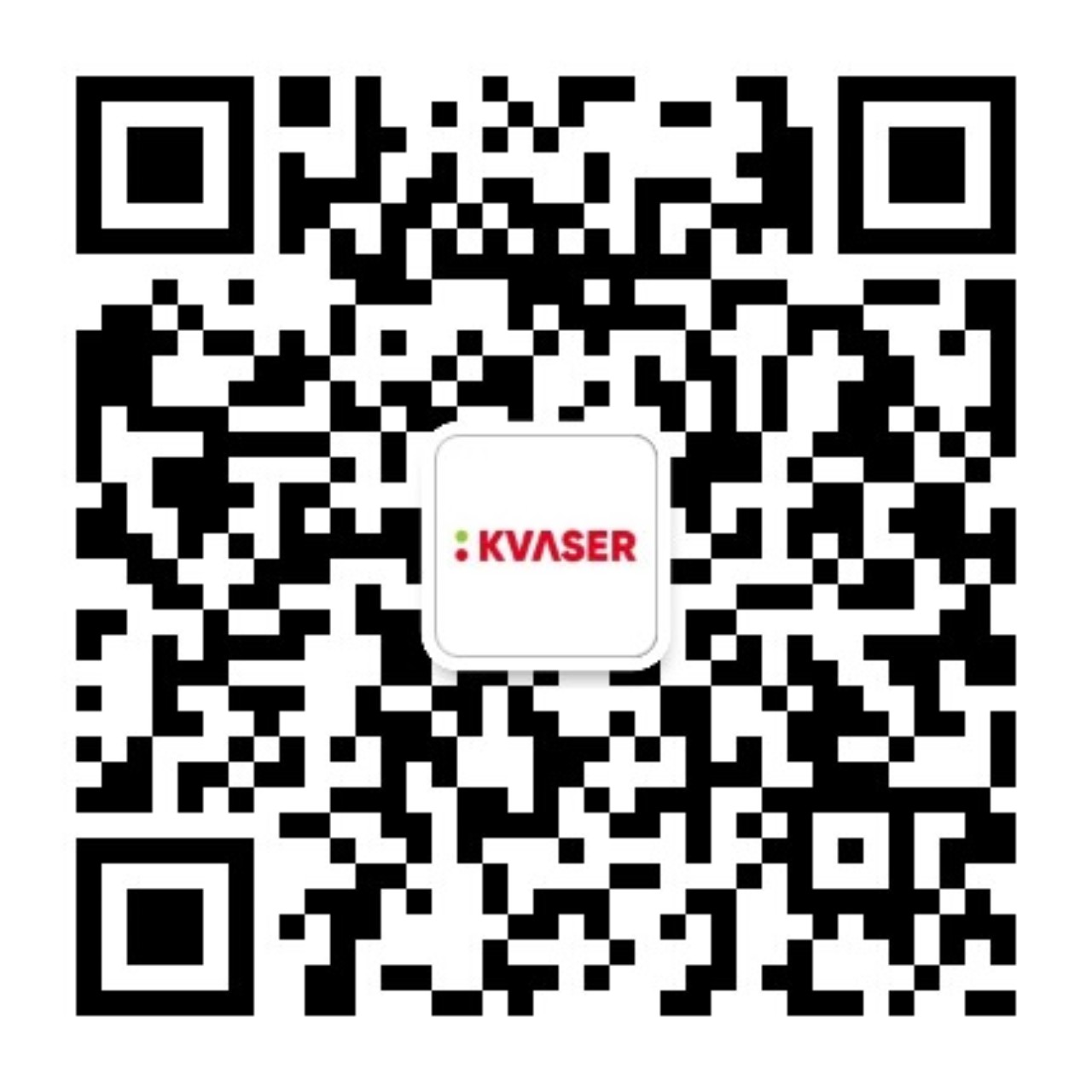Mention the word ‘robot’ to many people and most will envisage R2-D2, the infamous droid in the Star Wars movies, or perhaps they’ll mention NASA’s twin robot geologists, Mars Rovers’ Spirit and Opportunity. What few people will be aware of though is just how many robots are diligently employed here on Earth!
Robots play an important role in many industries. In applications such as monitoring and control, particularly in hazardous environments, robots can access places that humans just can’t get to. And there are few more demanding industries for a robot to work in than the nuclear industry, where requirements for reliability, predictability and safety are strict.
One of the companies servicing France’s renowned nuclear industry is SRA SAVAC, which has a dedicated robotics R&D division. A client of Kvaser and ATI France, SRA SAVAC design engineer Benjamin Gratton explains why Kvaser’s CAN interfaces can be found in a system for monitoring the inside of a nuclear power station’s steam generator: “Our division specialises in robots that access particularly restricted spaces, operate underwater or in high radiation environments. We use Kvaser’s cards, their SDK (software development kit) and associated driver libraries to build the software to pilot our robots. Our latest project is a robot for condition monitoring the thousands of vertical tubes within a power plant’s steam generators, commissioned by EDF.”
The steam generators convert water into steam using heat produced in the nuclear reactor core. In the primary side of the generator, tubes containing coolant transfer heat to water in a secondary loop that is transformed to steam by thermal contact, driving the turbines to make electricity. Deposits in the water in the secondary loop gradually build up and could eventually block the steam’s passage around the tubes. So with thousands of tubes in each generator, condition monitoring to ensure their efficacy is an important job.
SRA SAVAC’s system is comprised of three parts: a computer at the base, which acts as the master controller; a second stage where the robot’s power supply is located; and the robot itself. Kvaser’s interfaces sit within the master computer, controlling the slave to which it is attached via approximately a 100 metre wire. The CAN protocol is used to pilot the robot, which moves around on magnetic wheels. Once inside the steam generator, the robot deploys the 4mm thick imaging probe mounted on top of it to take images and video for later analysis.
CAN is used in these applications because of its reliability. Says Gratton: “CAN has a well-developed ecosystem and is supported by many digital signal processors with built-in CAN controllers nowadays, making embedded system developments such as ours much simpler.” He adds: “If new projects need communication between a computer and embedded intelligence, then we use Kvaser’s interfaces. The Kvaser libraries used to develop our systems are very comprehensive and well documented. In fact, we have had no need to ask for support yet, as everything has worked straight out of the box.”
 linkedin
linkedin twitter
twitter youtube
youtube youku
youku weixin
weixin